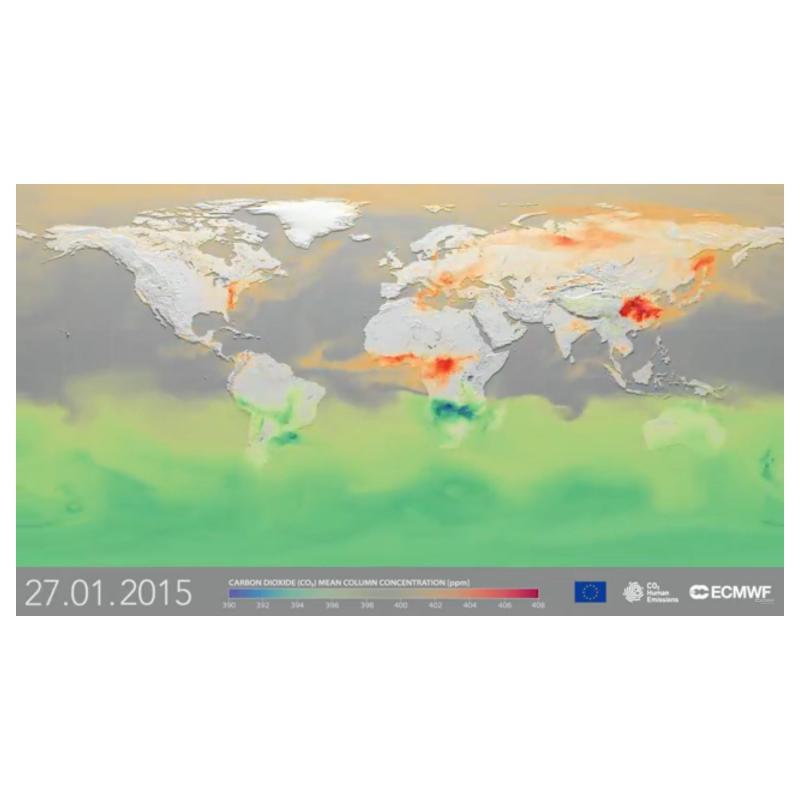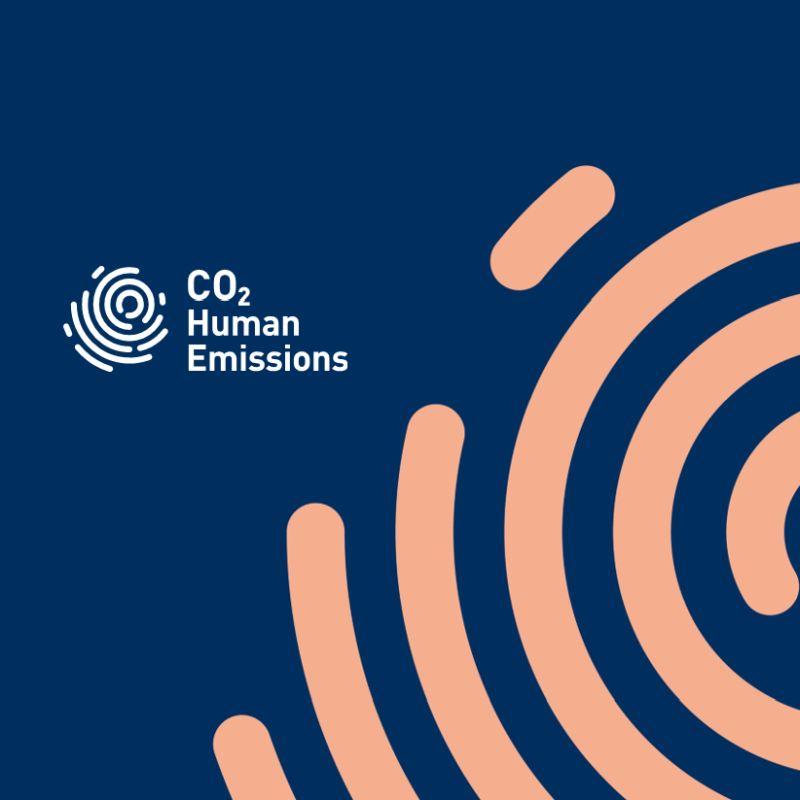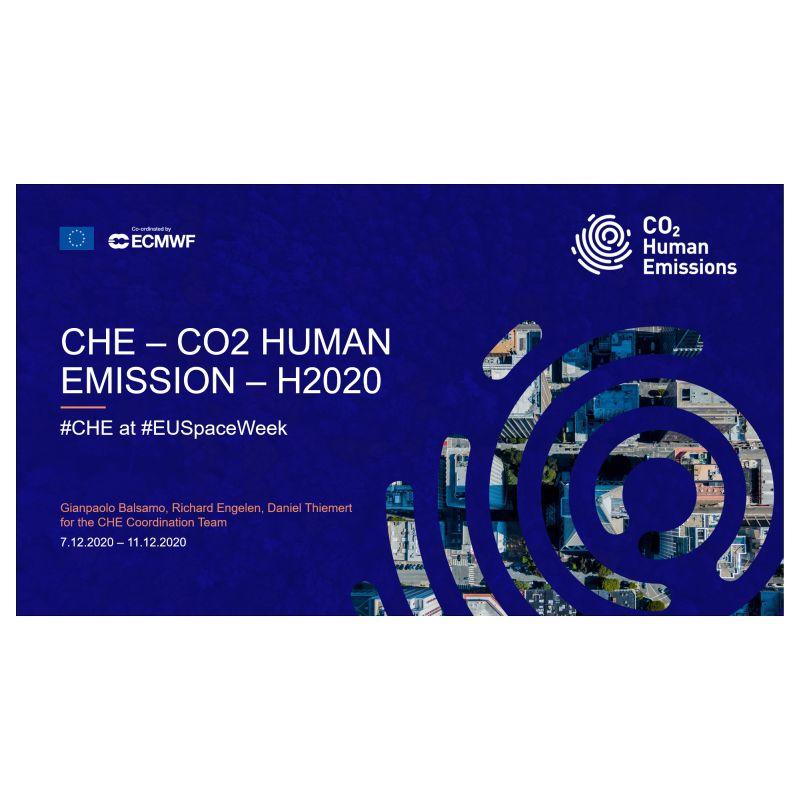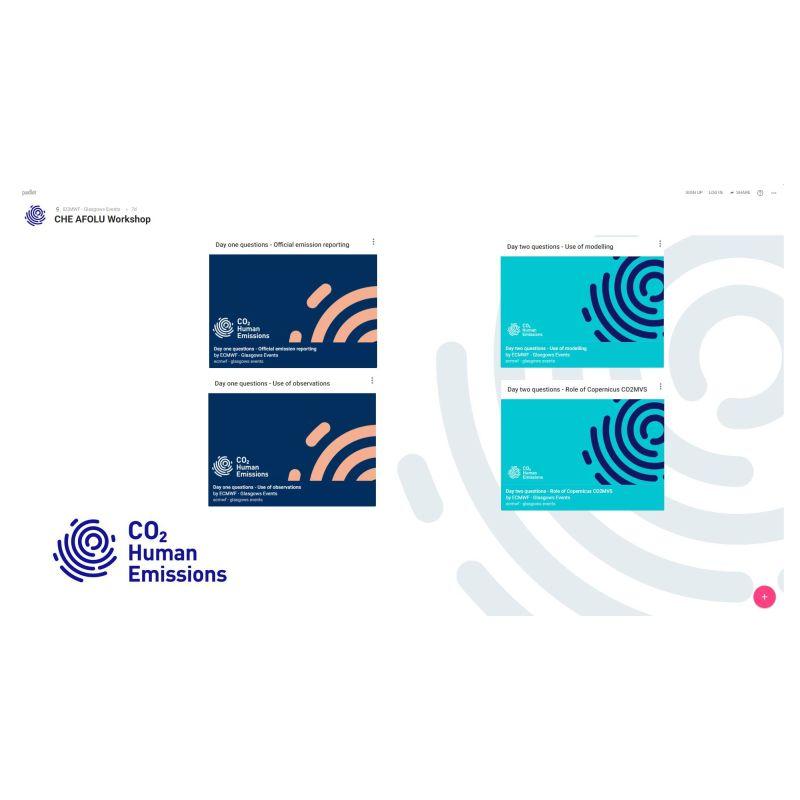The CO2 Human Emissions (CHE) project has produced a new global simulation that realistically illustrates the variability of CO2 in the atmosphere. It will assist research studies focusing on the monitoring of anthropogenic CO2 emissions in support of the Paris Agreement. These simulations are also known as nature runs because their aim is to mimic nature with a realistic representation of the processes of interest, in this case those processes that modulate atmospheric CO2 variability. The tier 1 nature run used the operational Copernicus Atmosphere Monitoring Service (CAMS) high resolution CO2 forecasting system in 2017, the year in which the CHE project started. The realism of the CHE CO2 nature run depends on the quality of input data (anthropogenic emissions dataset and natural fluxes from the ocean), the modelled natural fluxes from land ecosystems, as well the winds that drive the CO2 atmospheric transport model in the Integrated Forecasting System (IFS) at ECMWF.
During the CHE project (Oct 2017-Dec 2020), a new anthropogenic emission dataset was produced, the IFS model evolved and new wind data from ERA5 and atmospheric CO2 data from the CAMS re-analysis became available. The tier 2 nature run shown in the animation makes use of these model developments and new input data to provide a new CO2 simulation with an improved representation of the atmospheric CO2 variability. The atmospheric CO2 seasonal cycle, diurnal cycle and trend in the tier 2 nature run are overall closer to observations. For example, the tier 2 CHE nature run has a total annual CO2 flux at the surface of 6.60 GtC/year (equivalent to an atmospheric growth rate of 3.16 ppm/year) which is comparable to the NOAA estimate of 2.99 +/-0.07 ppm/year in 2015. Tier 1 overestimates the annual CO2 growth with 3.74 ppm/year.




